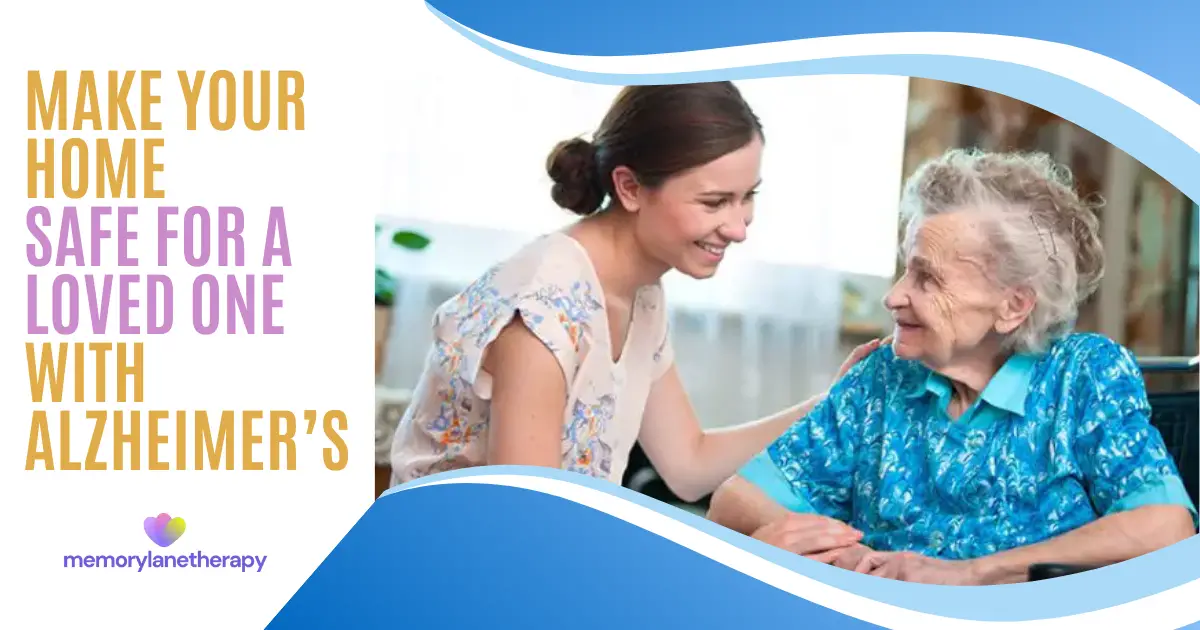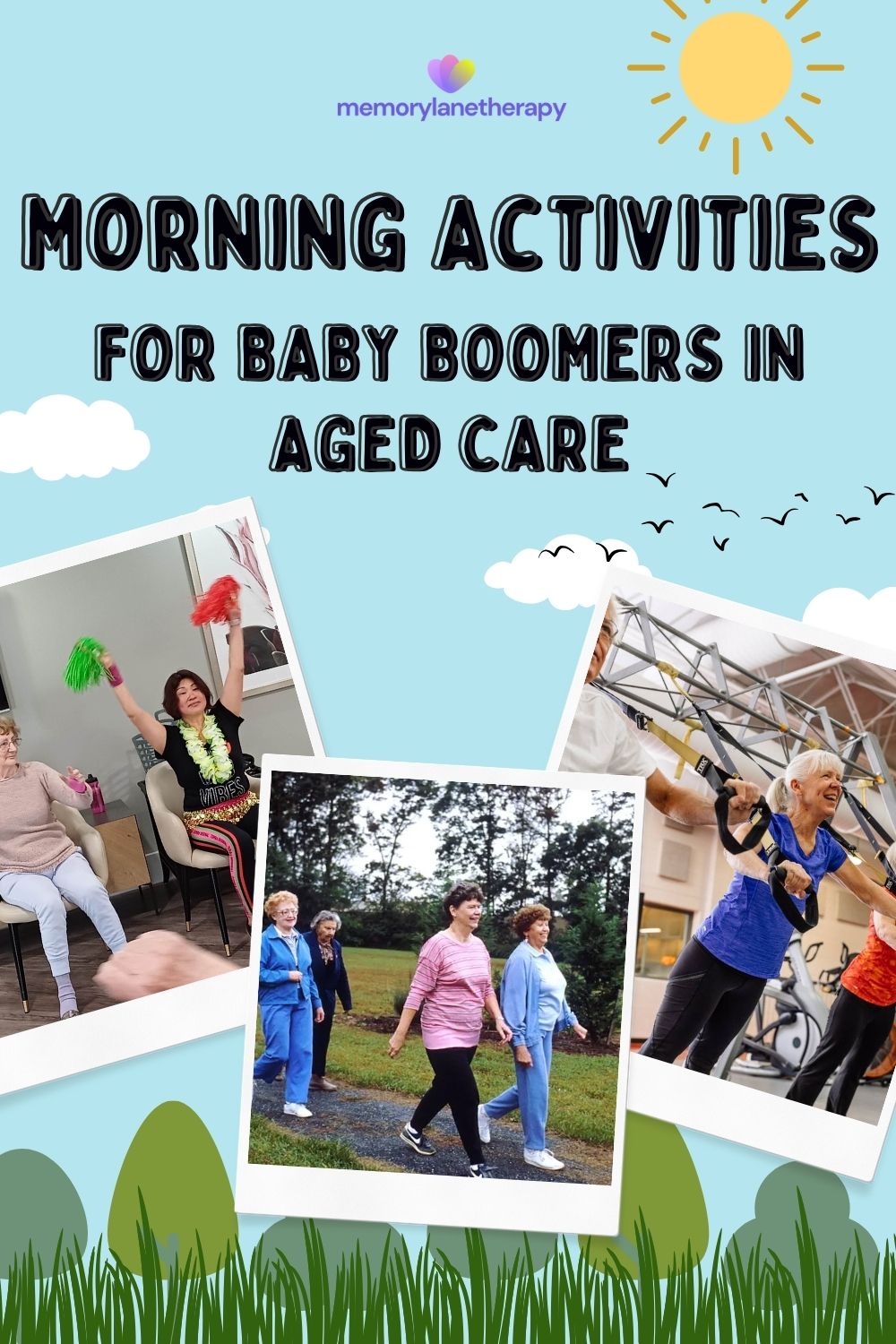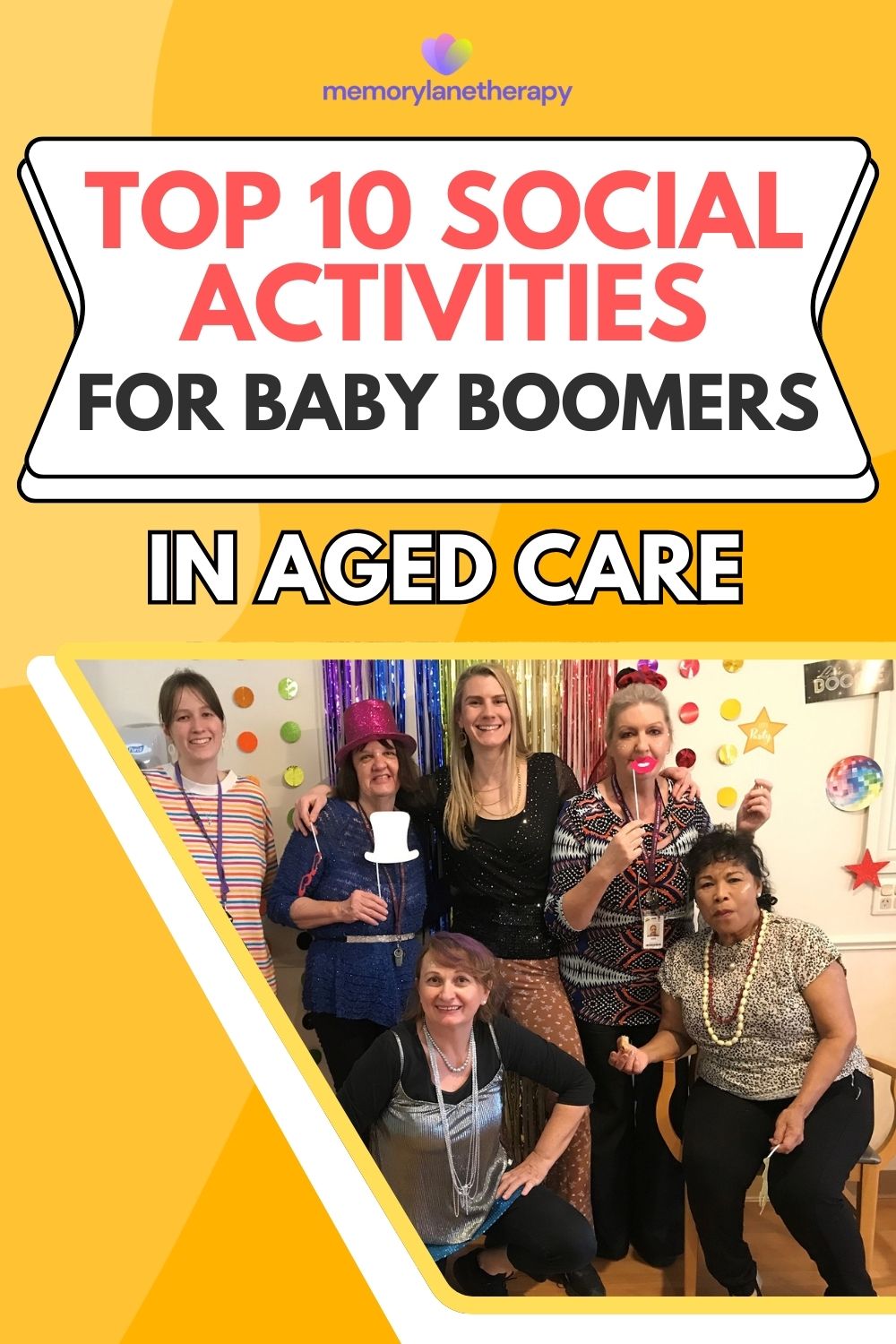Alzheimer’s disease affects millions of Australians. It can be your grandparent, your cousin, your sibling or even your parent who faces the diagnosis. Eventually, those with Alzheimer’s require round-the-clock care and for many families that means taking the loved one into their own home. It’s an insidious disease that invades quietly and slowly and steals away our loved ones. From Memory Lane Therapy, here’s what you can do to make the transition easier and safer for your family.
Care for Your Loved One With Alzheimer’s
Talk to your loved one’s physician or an occupational therapist to assess the level of care and help they’re going to need and to anticipate changes in the future. Dementia patients have a tendency to wander, so the first thing you’ll want to do is improve your home security. New sensors can be placed on doors and windows to alert you when they are opened, and smart home technology and wearable devices can help you monitor their movement in the house.
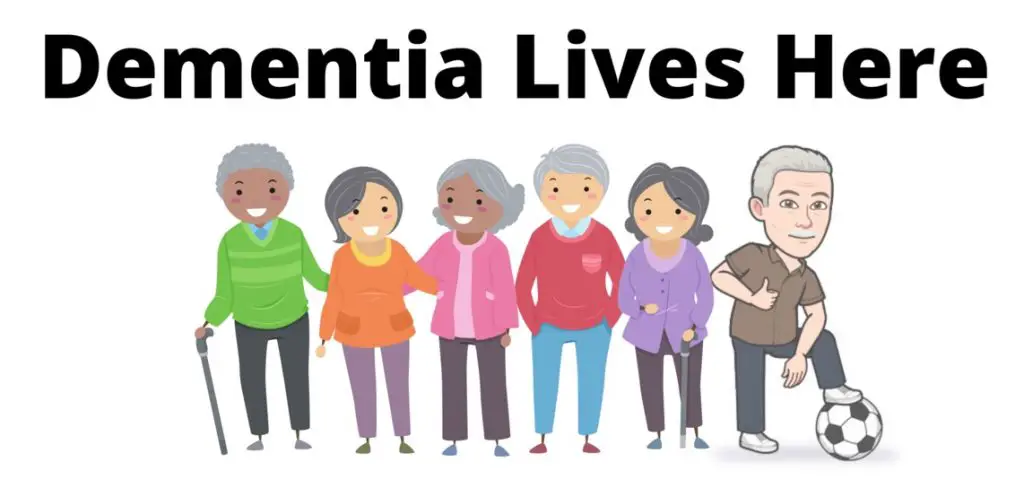
You’ll want to be sure your yard is also secured and to alert your neighbors of your loved one’s condition. Consider adding a sticker sign to front and back doors advising that an Alzheimer’s patient is in residence to help emergency services such as police, fire and EMS to respond appropriately in a crisis.
Creating a Safe and Comfortable Home for Your Loved One with Alzheimer’s Disease
Making a few adjustments to your home can significantly improve your loved one’s safety and well-being. Here are some key areas to consider:
Making Your Home Safer
- Reduce Fall Risks:
- Install grab bars in the bathroom and non-slip surfaces in the tub and shower.
- Paint handrails, doorknobs, and stair risers in contrasting colors for better visibility.
- Remove or securely tape down rugs.
- Prevent Confusion and Disorientation:
- Use picture labels to identify drawers and cabinets.
- Store medications, cleaning supplies, and other potentially dangerous items in locked cabinets.
- Arrange furniture to create clear pathways and eliminate clutter.
- Fire Safety and Security:
- Ensure smoke detectors and carbon monoxide detectors have new batteries.
- Install fire extinguishers in key locations.
- Lower the water heater temperature to prevent scalding.
- Consider removing stove knobs when not in use.
- Use safety covers for electrical outlets and put adult safety latches on cabinets.
- Provide good lighting throughout the house.
- Keep emergency phone numbers near all phones.
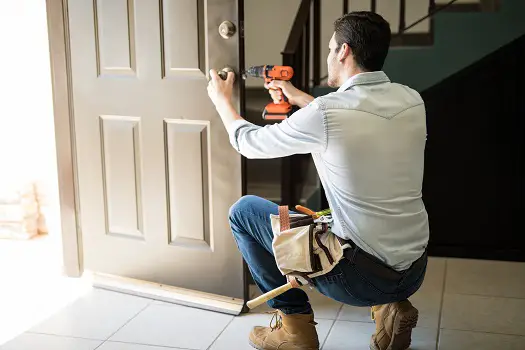
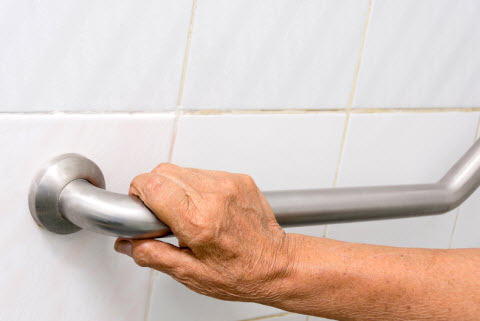
Creating a Comforting Environment
- Familiarity and Comfort:
- Incorporate your loved one’s familiar furniture and belongings whenever possible.
- Surround them with comforting items that evoke positive memories.
- Consider gating off areas that might be overwhelming or dangerous, such as garages, basements, and storage areas.
- Addressing Sensory Sensitivities:
- Enhance lighting throughout the house.
- Apply reflective tape on walls to aid navigation.
- If noise is a concern, consider soundproofing specific areas, or turning off loud appliances.
- Maintaining Daily Routines:
- Break down activities into smaller, step-by-step tasks.
- Use a whiteboard schedule or memo board to list daily routines and reminders.
- Incorporating Therapeutic Activities:
- Include daily walks, listening to music, or singing in their routine to promote memory and focus.

Additional Tips
- Look at your home from your loved one’s perspective. Identify potential hazards and address them proactively.
- Many safety modifications can increase your home’s value. Consider the cost-benefit when making changes.
- Communicate with friends and neighbors. Inform them about your situation and request their help in case of emergencies.
- Seek professional help. Social workers can assist in identifying safety hazards you might have missed.
Remember, you’re not alone in this journey. By making these adjustments and seeking support, you can create a safe and comfortable haven for your loved one with Alzheimer’s.

